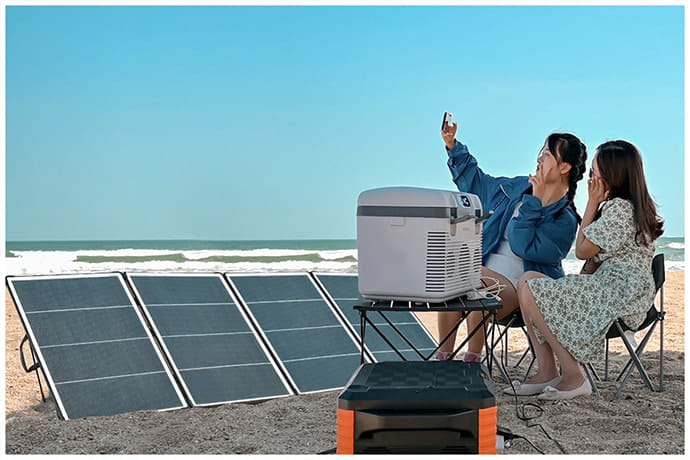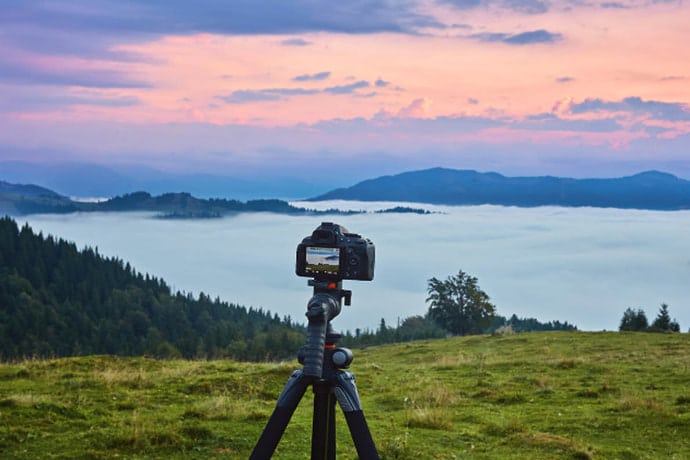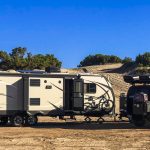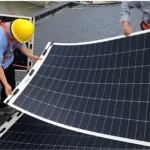Outdoor photography offers a world of breathtaking landscapes, vibrant wildlife, and captivating moments waiting to be captured. Whether you’re an amateur photographer or a seasoned pro, mastering the art of outdoor photography requires a combination of skill, creativity, and preparation. In this article, we’ll explore six expert tips to help you take your outdoor photography to the next level. From being well-prepared to utilizing props and paying attention to the weather, these tips will enhance your skills and ensure you capture stunning outdoor shots. Let’s dive in!
Be Well Prepared
Outdoor photography often presents unexpected challenges and opportunities. Being well-prepared is key to capturing those fleeting moments. Here are some essential tips for staying prepared:
Research your location: Familiarize yourself with the location, its features, and potential subjects to capture. Look for unique angles, interesting compositions, and any specific lighting conditions that may enhance your photographs.
Plan your shots: Have a rough idea of the shots you want to capture. Consider the best times of the day for lighting and how the weather conditions might affect your composition.
Pack the essentials: Bring spare batteries, memory cards, lens cleaning kits, and any other equipment you may need. Additionally, consider carrying a portable solar panel, like the ones offered by Sungold, to ensure you have a reliable off-grid power source for charging your camera batteries and other devices.
Bring Off-Grid Power – Solar Panels
Outdoor photography often takes you away from traditional power sources. Having a portable off-grid power solution is essential to keep your equipment charged and ready. Solar panels offer a convenient and eco-friendly option for photographers on the go. Sungold’s portable solar panels are lightweight, foldable, and easy to transport. They harness the power of the sun to provide you with a reliable energy source in remote locations. With solar panels, you can keep your batteries charged, and power your camera, and other essential devices, ensuring you never miss a shot.
Don’t Miss the Golden period
The golden period, also known as the golden hour, refers to the hour after sunrise and the hour before sunset. During this time, the natural lighting conditions create a warm and soft glow, casting a magical ambiance on your subjects. Make the most of this time by planning your shoots accordingly. Scout your location in advance to identify potential compositions and wait for the perfect lighting conditions. Be prepared to capture stunning landscapes, silhouettes, and portraits during this magical time.
Try Different Perspectives
To create unique and captivating photographs, don’t be afraid to experiment with different perspectives. Instead of shooting at eye level, get low to the ground or find a high vantage point to add depth and interest to your images. Play with angles, framing, and composition to bring a fresh perspective to your outdoor photography. This experimentation can lead to compelling and visually striking shots that stand out from the crowd.
Use Props, Such as Tripods
Props can significantly enhance your outdoor photography. One essential prop every outdoor photographer should have is a tripod. A tripod provides stability and allows you to take long exposure shots, capture sharper images, and experiment with different compositions. It also enables you to keep your camera steady during low-light situations or when using telephoto lenses. Invest in a lightweight and durable tripod that suits your needs and always carry it with you on your outdoor adventures.
Pay Attention to the Weather
Weather conditions play a crucial role in outdoor photography. Keep a close eye on weather forecasts and plan your shoots accordingly. Different weather conditions offer unique opportunities for capturing stunning photographs. Stormy skies, dramatic clouds, fog, rainbows, and sunsets can add depth and drama to your images. Experiment with different lighting conditions and adapt your compositions to make the most of these atmospheric elements. However, it’s essential to prioritize your safety when dealing with extreme weather conditions. Always be aware of your surroundings and take necessary precautions to protect yourself and your equipment.
Five common problems that outdoor photographers
Problem: Overexposure to Bright Lighting
Solution: Use a lens hood or a polarizing filter to reduce glare and control the amount of light entering the lens. Adjust the exposure settings or use exposure compensation to balance the exposure.
Problem: Blurry Images
Solution: Use a tripod or stabilize your camera by bracing it against a stable surface. Increase the shutter speed or use image stabilization features if available. Additionally, ensure you have a steady hand and use the camera’s timer or a remote shutter release to minimize camera shake.
Problem: Unwanted Shadows
Solution: Pay attention to the direction and intensity of light. Adjust your positioning or use a reflector to fill in shadows. Consider using a diffuser to soften harsh light, especially during midday shoots.
Problem: Lack of Depth in Landscape Photography
Solution: Incorporate elements in the foreground, middle ground, and background to create a sense of depth. Experiment with different apertures to control the depth of field. Leading lines, diagonals, and patterns can also add depth and visual interest to your compositions.
Problem: Uninteresting Composition
Solution: Explore different angles, perspectives, and focal lengths. Look for unique viewpoints or try unconventional framing techniques. Use the rule of thirds or other compositional guidelines to create a visually pleasing image. Experiment with different lens focal lengths to achieve varying perspectives and compositions.
A few frequently asked questions about outdoor solar panels
Are outdoor solar panels weatherproof?
Yes, outdoor solar panels are designed to withstand various weather conditions, including rain, snow, and UV exposure. However, it’s crucial to ensure that the solar panels you choose are specifically designed for outdoor use and have appropriate IP ratings for weather resistance.
How do I maintain outdoor solar panels?
Regular maintenance involves keeping the solar panels clean from dust, dirt, and debris. Gently clean the panels using a soft cloth or sponge and mild soapy water. Avoid using abrasive materials or harsh chemicals that may damage the panels. Check the connections periodically to ensure they’re secure.
Can outdoor solar panels charge other devices besides cameras?
Yes, outdoor solar panels can charge a variety of devices, including smartphones, tablets, GPS devices, and camping lanterns. Ensure you have the necessary adapters or connectors to charge different devices.
Can I use outdoor solar panels in low-light conditions?
While solar panels are most effective in direct sunlight, some panels are designed to perform well in low-light or overcast conditions. Look for panels that have higher efficiency ratings and are optimized for low-light conditions.
How long does it take to charge camera batteries using outdoor solar panels?
The charging time will vary depending on factors such as panel size, sunlight intensity, battery capacity, and the efficiency of the solar panels. It’s advisable to refer to the manufacturer’s specifications for estimated charging times.
By implementing these expert tips and utilizing outdoor solar panels, you can enhance your outdoor photography experience and capture stunning images while staying powered up and connected in the great outdoors. Embrace the beauty of nature, unleash your creativity, and enjoy the art of outdoor photography.
Article from: https://www.sungoldsolar.com
For more information click on: Sungold










